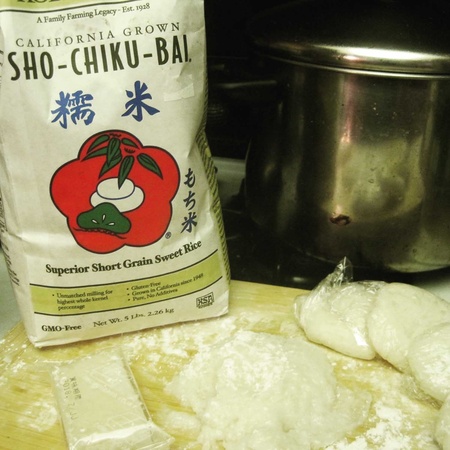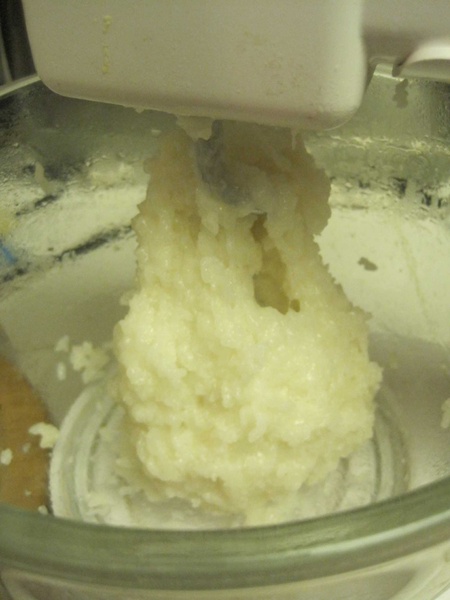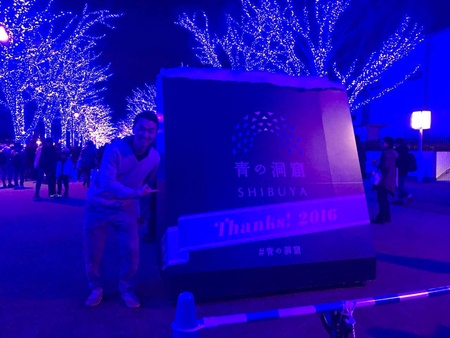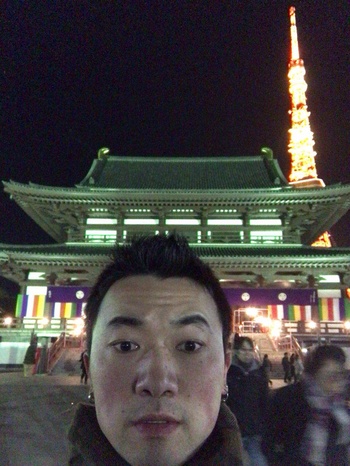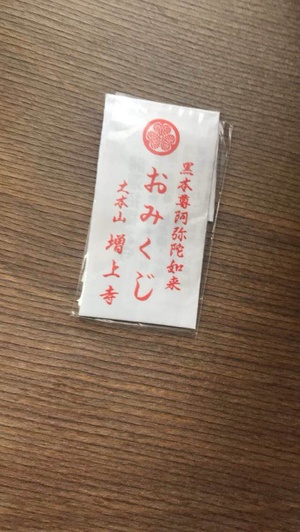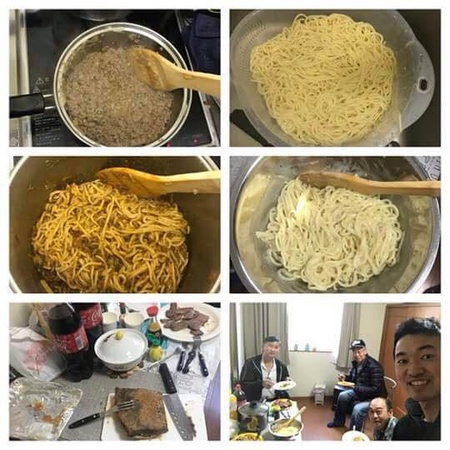In our January e-newsletter, Discover Nikkei put out a call for Oshogatsu stories. We asked our Nikkei readers from around the world to show us, through photos and words, how they welcomed the New Year. We received several stories written in English, Japanese, and Portuguese. One story, by Justin Inahara, was so long that we had to publish it separately. The rest are gathered below for your reading pleasure. Enjoy!
* * * * *
Desperate Measures of Un-Chanto Woman
By Naomi Hirahara
I made my Hiroshima-born mother cry sometimes because I’ve been so un-chanto since childhood. If I didn’t lose my sweaters, I’d soil them, perhaps by tying them around a playground bar to use as padding as I spun around the bar on the bend of my knee. And reading directions? That was for suckers. So much better to jump in and figure things out on my own (and, of course, flub everything and waste time).
So it didn’t surprise me when I recently came home from a hectic holiday visit to the Japanese market to discover that instead of a five-pound bag of rice, I had brought home a five-pound bag of sweet rice, mochigome. (No wonder it was so inexpensive.) Now, of course, I could have made the drive back to the market to return it, but this un-chanto woman decided to make lemonade out of lemons. I was going to somehow figure out how to make homemade mochi without a modern-day mochi machine or even a mortar and pestle.
I went to Google and learned that someone had actually used a KitchenAid professional mixer to knead mochi. I didn’t have a KitchenAid mixer, but I did have a very humble yet dependable hand mixer that I had received as a wedding present 16 years ago. And lo and behold, those extra sets of weird-looking metal accessories that I never used were actually dough hooks—exactly what I needed for my experiment.
After making my rice, I dumped the sticky mess into the mixing bowl and let my mixer with its dough hooks do its work. I was worried about overheating the little machine, so I only used it for about 10 minutes. What resulted was something that was certainly gummy—dare I say, even mochi-like. I laid out some corn starch and went to work.
Plastic wrap helped maintain the shape, but the mochi never fully formed like the beautiful disks that women at Buddhist temples produce. The taste, to be honest, was underwhelming. I expected this amazing grainy freshness, but the goopiness somehow negatively affected the eating experience. It was fine for ozoni though, and I think that eating it with natto may possibly redeem it.
So the mochigome bag will go in the back of a cupboard, probably to be ignored until the beginning of 2018. Unless someone can provide me with some good recipes to save this very un-chanto woman. Help me!
* * * * *
Oshogatsu in Japan—Takashi’s first experience
By Laura Hasegawa
Willian Takashi Oki arrived in Japan in September last year. He started living on his own in an apartment in the Isesaki city in Gunma Prefecture.
He works at Sankei Giken Kogyo in Isesaki and enjoys his life. He always tells his family and friends about his new life with pictures. We enjoy them and hope that he is doing well and happy.
Takashi’s New Year’s holidays
Hi to all my family and friends in Brazil! How are you? I finally came to Tokyo—I had been looking forward to it so much! Shibuya is great! It’s so fun! It’s incredible! I’ve never seen any illumination lights like this before!
It’s been a really good year, but let’s hope for an even better one next year! Feliz 2017!
Wow, this is amazing! The Zojoji temple and Tokyo Tower are very clear in here. Do I look handsome? Well, anyhow, I was surprised! The Zojoji temple was packed with visitors! For the first time I saw people throwing coins and praying! I’ll do the same.
I drew omikuji (fortune slip) for the first time in my life. I opened the slip excitedly and saw a lot written in there! I can’t read kanji! But I can read English! It said, “Your fortune: Excellent.” Yay!! I’ll ask my Japanese friend to read it for me when I get home.
It’s my first oshogatsu!
“You can eat out, but you need to cook at home, too.” My mom always says this to me. I usually cook rice and Brazilian feijão, but I haven’t tried any other food. My Peruvian friend gave me some noodles a while ago, so I bought “tsuyu” (stock sauce) at a convenience store, took a picture and sent it to Brazil. Then Laurinha (my mom’s best friend) asked me if I knew how to cook it. I wanted to know things like how long I should boil it, if I should pour the stock sauce directly, and so on. Laurinha kindly taught me how. Thanks to her, now I knew what I would cook for oshogatsu!
Here are Shigeru-san (on the left) who lives in the same town and his friend Takano-san (on the right) and Roberto-san (in the front) who lives in the same apartment as I do. They came to my room. We are all Nikkei Brazilians living on our own—hard-working dekasegi (migrant workers) in Isesaki.
Everyone loved the noodles I cooked and told me it was good. That made me really happy!
I’m hoping it will be a good year for all of us. Chao!
© 2017 Naomi Hirahara, Laura Honda-Hasegawa



